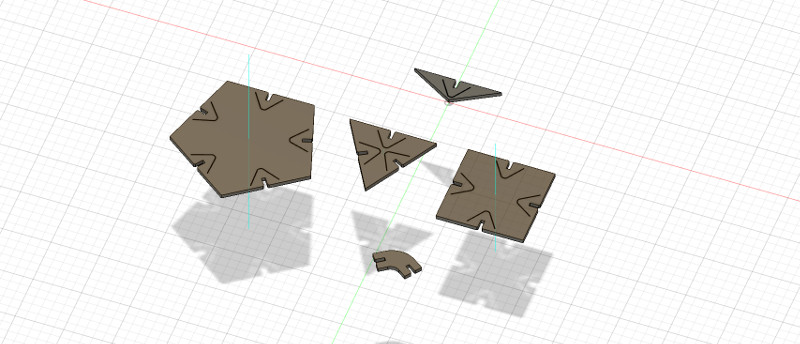

This command will split the source video into 2 parts - one ending at 50s from the start and the other beginning at 50s and ending at the end of the input video.įfmpeg -i video.mp4 -t 00:00:50 -c copy small-1.mp4 -ss 00:00:50 -codec copy small-2.mp4 3. If you want to split a large video into multiple smaller clips without re-encoding, ffmpeg can help. You can use the time offset parameter (-ss) to specify the start time stamp in HH:MM:SS.ms format while the -t parameter is for specifying the actual duration of the clip in seconds.įfmpeg -i input.mp4 -ss 00:00:50.0 -codec copy -t 20 output.mp4 2. If you are just getting started, here are some commands that will give you a good idea of the capabilities of this tool. ffmpeg -formats to get a list of every format that is supported by your FFmpeg installation.

Useful FFmpeg CommandsįFmpeg supports all popular audio and video formats. Whether you want to join two video files, extract the audio component from a video file, convert your video into an animated GIF, FFmpeg can do it all and even more.Įxtract the audio from a video file with this simple FFmpeg command. It is free and available for Windows, Mac and Linux machines. Try the default setting, (b=0, c=0.75) as above, or (b= -0.5, c=0.25).FFmpeg is an extremely powerful and versatile command-line tool for converting audio and video files. With (b=0, c=0.75) the filter is the same as VirtualDub's "Precise Bicubic".īicubicResize may be the most visually pleasing of the Resize filters for downsizing to half-size or less.doom9

Negative values for b (although allowed) give undesirable results, so use b=0 for values of c > 0.5. You won't get true sharpness – what you'll get is exaggerated edges. Larger values of b and c can produce interesting op-art effects – for example, try (b=0, c= -5.0).Īs c exceeds 0.6, the filter starts to " ring" or overshoot. This gives, for b=0, the maximum value of 0.5 for c, which is the Catmull-Rom spline and a good suggestion for sharpness. Set for the most numerically accurate filter. The default for both b and c is 1/3, which were recommended by Mitchell and Netravali for having the most visually pleasing results. However, if you are shrinking it, you may prefer BilinearResize as it performs some antialiasing. If you are enlarging your video, you will get sharper results with BicubicResize than with BilinearResize. The parameters b and c can be used to adjust the properties of the cubic they are sometimes referred to as "blurring" and "ringing" respectively. BicubicResize(clip clip, int target_width, int target_height )īicubicResize is similar to BilinearResize, except that instead of a linear filtering function it uses the Mitchell-Netravali two-part cubic.


 0 kommentar(er)
0 kommentar(er)
